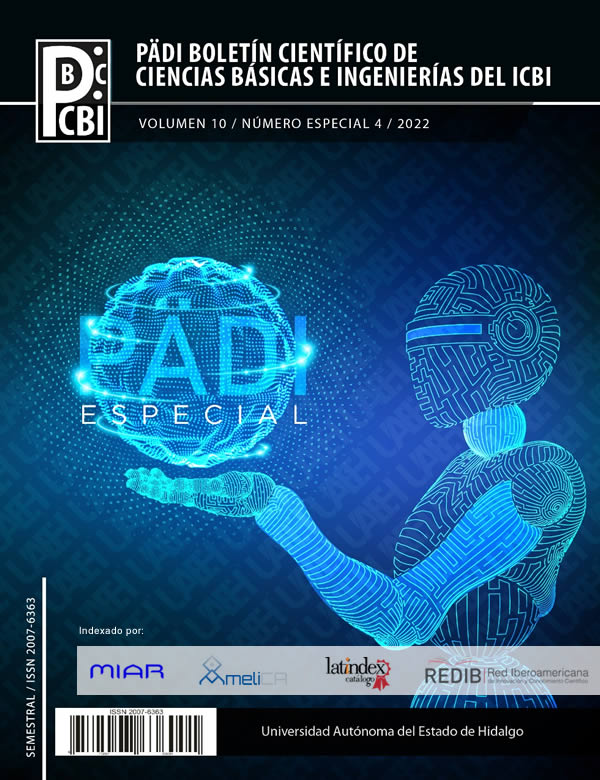Design and fabrication of a two wheels self-balancing robot for automatic control education
Abstract
This article describes the design and fabrication of a Two Wheels Self-Balancing Robot (TWSBR) which allows to high school and graduate students in areas related to dynamical systems and control, to implement control laws in an open-source platform. Currently there are many professional or commercial platforms whose maintenance and cost are high. For this reason, the development of an TWSBR is proposed, that allows experimentation on typical control topics. A typical architecture of an TWSBR, makes use of: (i) one gyroscope with accelerometer to measure the tilt angle of the robot, (ii) two optical encoders to measure the angular position and velocity of the wheels and (iii) a microcontroller to perform the control law. It is important to remark that the TWSBR architecture proposed in this work, utilizes two stepper motors and power drivers in micro stepping mode, letting to reach a resolution of, 0.225° per step, besides of low electrical noise, in comparison with the optical encoders and DC motors used in other prototypes. This better resolution helps to obtain a better TWSBR response and provides greater flexibility for the implementation of new control laws. Finally, it is important to say that the experimental results show a proper functioning of the prototype.
Downloads
References
Anderson D. P., (2003). nbot balancing robot, consultado en http://www.geology.smu.edu/~dpa-www/robo/nbot/
Baskaran S., Kartthik R. M., (2018). Development of self-balancing Robot, International Journal of Robotics and Autonomous System, Vol. 3, Issue 1, 1-11.
González C. Alvarado I., Muñoz de la Peña D., (2017). Low cost two-wheels self-balancing robot for control education, IFAC Conference papers on line, 50-1, 9174-9179.
Llamas L., (2016). Ingeniería, informática y diseño, Motores paso a paso con Arduino y driver A4988 o DRV8825. Consultado en: https://www.luisllamas.es/motores-paso-paso-arduino-driver-a4988-drv8825/
Sandeep, (2019). DIY Self Balancing Robot, ELECTRIC DIY LAB, consultado en el Link: https://electricdiylab.com/diy-self-balancing-robot/
Naylamp Mechatronics, (2021). Tutorial uso del Giroscopio MPU 6050 con Arduino, descargado de: https://naylampmechatronics.com/blog/45_tutorial-mpu6050-acelerometro-y-giroscopio.html
DIY Makers (2022). Tutorial cómo usar Arduino + módulo bluetooth, descargado de: http://diymakers.es/arduino-bluetooth/
Watson R. (2017). How to Build an Arduino Self-Balancing Robot, https://maker.pro/arduino/projects/build-arduino-self-balancing-robot













